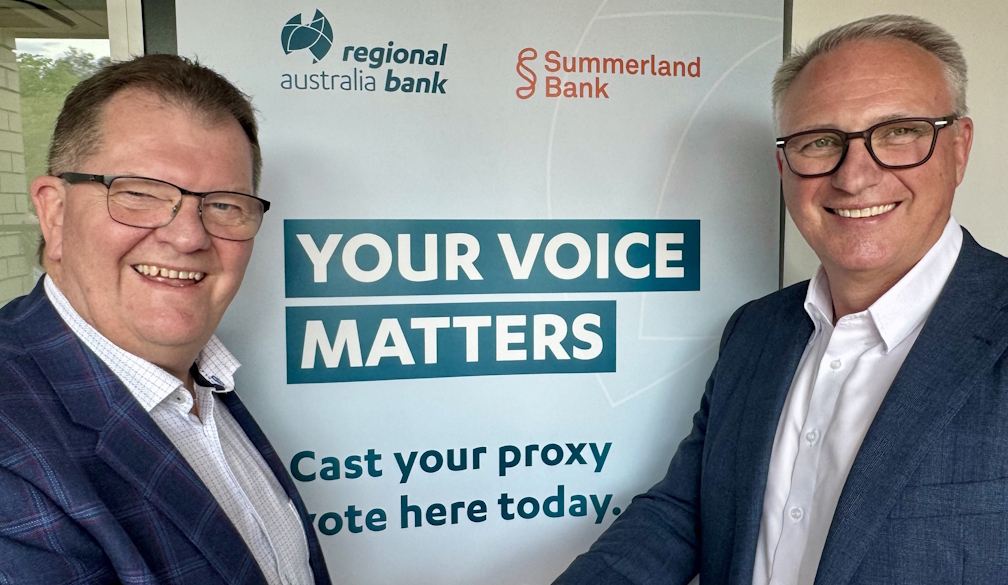The government could be boosting the budget bottom line with a change to how it taxes gas
- Written by Diane Kraal, Senior Lecturer, Business Law and Taxation Dept, Monash Business School, Monash University
Resources usually give the budget a healthy boost in economic boom times but the government could be reaping more revenue if it changed the way it taxes gas projects, my new modelling shows.
A small change in the method for valuing gas[1] would increase revenue from the petroleum resource rent tax by US$15.5 billion to 2030, compared to the current US$5 billion to 2030.
I modelled what would happen with an alternative but accepted method to tax the revenue from Australia’s four largest gas projects in Western Australia - Inpex’s Ichthys, Woodside Petroleum’s Pluto and Chevron’s Wheatstone and Gorgon. The method is called “net back” and it calculates back from a gas market price to get the gas transfer price, in a similar approach to that currently used for state gas royalties. It netted an average of A$1 billion per annum[2] in Queensland and Western Australia from 2012 to 2016.
Read more: PRRT explained: why aren't we benefitting from the resource tax?[3]
The production capacity of the four largest projects is 38.3 million[4] tonnes of gas per annum (about 44% of Australia’s natural gas). But these projects currently raise no petroleum resource rent tax and scant income tax[5]. This gas is earmarked for export and little is reserved for domestic consumption.
When businesses shifts or transfers gas between different stages (upstream to downstream) of a project they are required by petroleum resource rent tax regulation to use a combination of methods (“cost plus” and “net back”) to value gas at the transfer point. My alternative of the net back method alone, uses the LNG market price from which costs are deducted back to the point, prior to gas being processed into liquid form.
My submissions to both Treasury[6], and the Senate[7] inquiry into tax avoidance for the offshore gas industry, explain how the current gas transfer pricing method can be legally manipulated by gas operators. For instance, timing differences in recognising capital or operating costs.
The petroleum resource rent tax regulations[8] prescribe an arbitrary gas valuation method for integrated gas projects, which devalues the transfer price of gas, meaning less revenue for the government.
The current method is not a transparent approach for businesses to use to value gas on its transfer from upstream to downstream. It incentivises tax minimisation through easily manipulated calculations.
Since September 2017 the Turnbull government has yet to respond to the Treasury inquiry’s interim report[9] on gas. The Senate inquiry[10] report has also been delayed.
Another variation to increase revenue along with the “net back” method would be to shift the gas taxing point from just before liquefaction, to after the gas-to-liquid process, at what’s called the “custody transfer meter”. The price per the metered volumes is[11] accepted by the buyer and the seller of gas as the basis for a transaction.
Read more: Senate inquiry told zero tax or royalties paid on Australia's biggest new gas projects[12]
Australia needs to follow in the footsteps of countries like the Netherlands, which has already reformed[13] its inequitable, regulated gas pricing to market-linked pricing. The Netherlands government changes, which increased tax revenues, mainly targeted their current (not future) Groningen gas field[14], partly owned by Shell and Exxon.
Any change to resource taxing will bring the usual chorus of concern about sovereign risk[15] so often heard in Australia when tax reform is raised. However sovereign risk concerns overt changes, such as nationalisation of resources, certainly not regulatory changes to promote transparency in taxation.
Changes to the petroleum resource rent tax have been part of pre-budget negotiations[16] between the Turnbull government and certain independent senators. However these changes will only affect new projects that will not start for at least 10 to 15 years, so the expected revenue will have no impact on next week’s budget.
The current petroleum resource rent tax regulations prescribe an arbitrary gas valuation method for integrated gas projects. It devalues the transfer price of gas, meaning less revenue for government.
As a first step, the government should reform tax regulation to the net back method for existing projects. This change could easily be part of next week’s federal budget.
References
- ^ the method for valuing gas (www.legislation.gov.au)
- ^ A$1 billion per annum (cdn.tspace.gov.au)
- ^ PRRT explained: why aren't we benefitting from the resource tax? (theconversation.com)
- ^ 38.3 million (papers.ssrn.com)
- ^ scant income tax (www.businessinsider.com.au)
- ^ Treasury (treasury.gov.au)
- ^ Senate (www.aph.gov.au)
- ^ petroleum resource rent tax regulations (www.legislation.gov.au)
- ^ Treasury inquiry’s interim report (cdn.tspace.gov.au)
- ^ Senate inquiry (www.aph.gov.au)
- ^ The price per the metered volumes is (pgjonline.com)
- ^ Senate inquiry told zero tax or royalties paid on Australia's biggest new gas projects (theconversation.com)
- ^ which has already reformed (www.sciencedirect.com)
- ^ Groningen gas field (www.nlog.nl)
- ^ sovereign risk (theconversation.com)
- ^ been part of pre-budget negotiations (www.smh.com.au)
Authors: Diane Kraal, Senior Lecturer, Business Law and Taxation Dept, Monash Business School, Monash University







